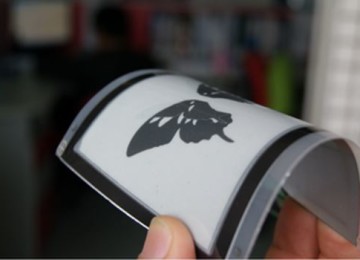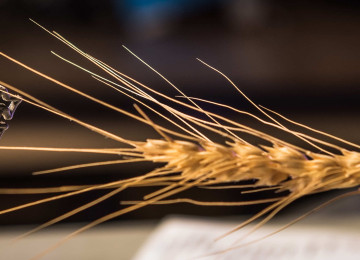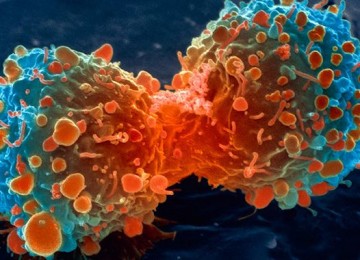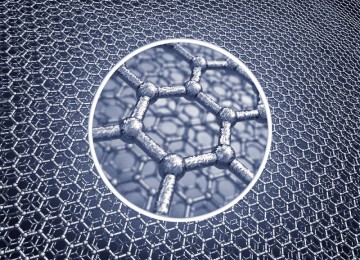Japanese researchers developed Graphene superconductivity
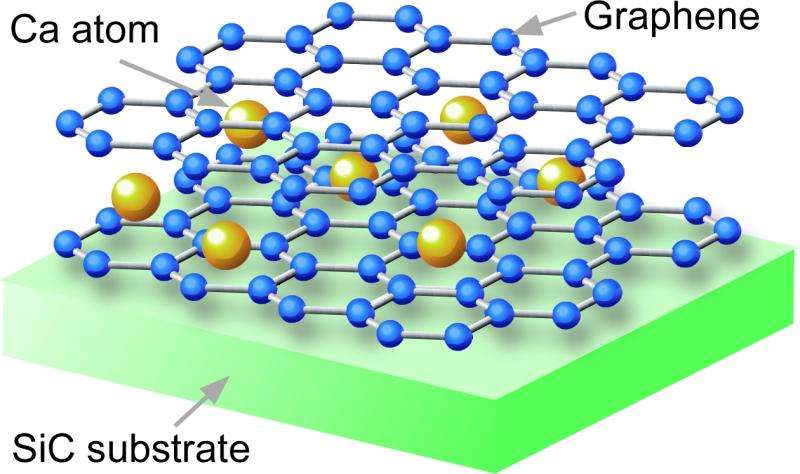
Graphene superconductivity developed by insertion of Ca atoms between two graphene layers causes the superconductivity.

A Japanese collaborative team from Tohoku University and the University of Tokyo has designed a way to make graphene superconductive, which means electrons can flow through it with zero resistance or “near zero resistance”.
Researchers developed this tech depended on graphene feature that makes electrons in graphene take a special electronic state called Dirac-cone where they behave as if they have no mass. This allows them to flow at very high speed, giving graphene a very high level of electrical conductivity. This is significant because electrons with no mass flowing with no resistance in graphene could lead to the realization of an ultimately high-speed nanoelectronic device.
This allows them to flow at very high speed, giving graphene a very high level of electrical conductivity. This is significant because electrons with no mass flowing with no resistance in graphene could lead to the realization of significantly more efficient electronic devices, power lines, high-speed electronic devices and more.
The team developed a method to grow high-quality graphene on a silicon carbide (SiC) crystal by controlling the number of graphene sheets. The team fabricated bilayer graphene with this method and then inserted calcium (Ca) atoms between the two graphene layers like a sandwich.
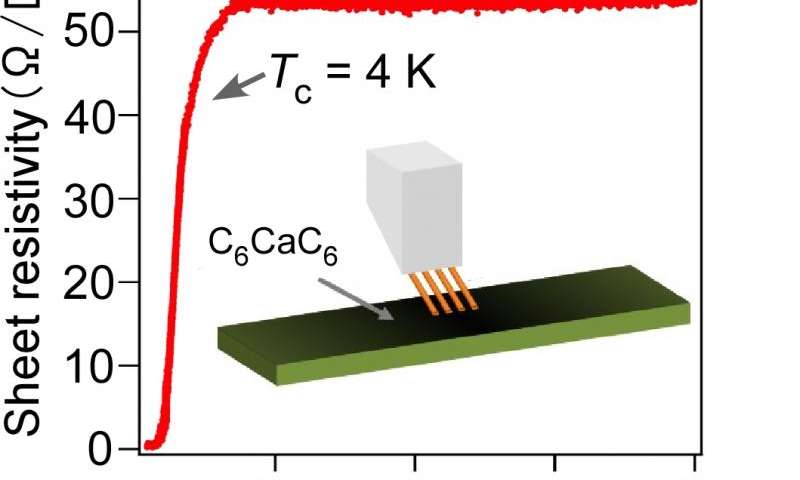
Temperature dependence of electrical resistivity of Ca-intercalated bilayer graphene, measured by the micro four-point-probe method showing graphene superconductivity.
While exciting, it is important to say that this demonstration of superconductivity in graphene occurred at a temperature of -269 degrees Celsius, and room temperature superconductivity is still far from obtainable. However, this research does suggest that graphene could be used to build nano-sized, high-speed electronic devices. The researchers in this work have developed a method to grow high-quality graphene on a silicon carbide (SiC) crystal by controlling the number of graphene sheets. The team fabricated bilayer graphene with this method and then inserted calcium atoms between the two graphene layers like a sandwich. They measured the electrical conductivity with the micro four-point probe method and found that the electrical resistivity rapidly drops at around -269 °C, indicative of an emergence of superconductivity.
The team also found that neither genuine bilayer graphene nor lithium-intercalated bilayer graphene shows superconductivity, indicating that the superconductivity stems from the electron transfer of Ca atoms to graphene sheets.
The success in fabricating superconducting graphene is expected to have a significant impact on both the basic and applied researches of graphene. The superconducting transition temperature observed in this study is still low (4 K / -269 C), which prompts further studies into ways to increase it. From the application standpoint, the results could pave the way for the further development of ultrahigh-speed superconducting nano devices such as a quantum computing device, which utilizes superconducting graphene in its integrated circuit.










